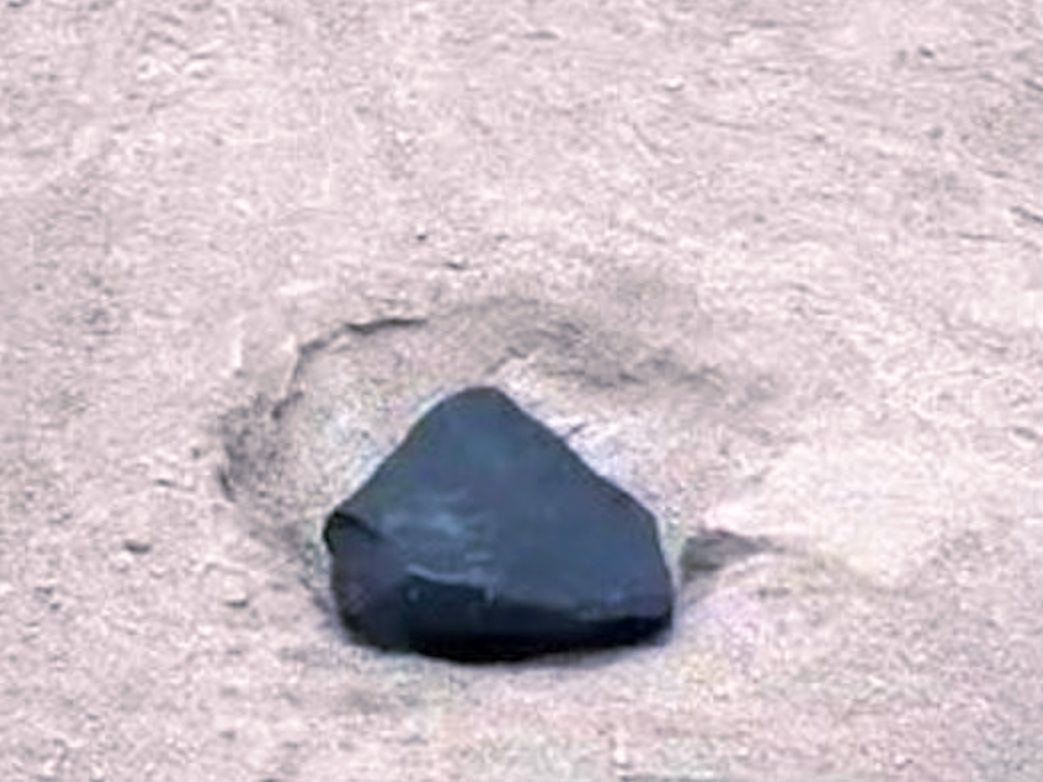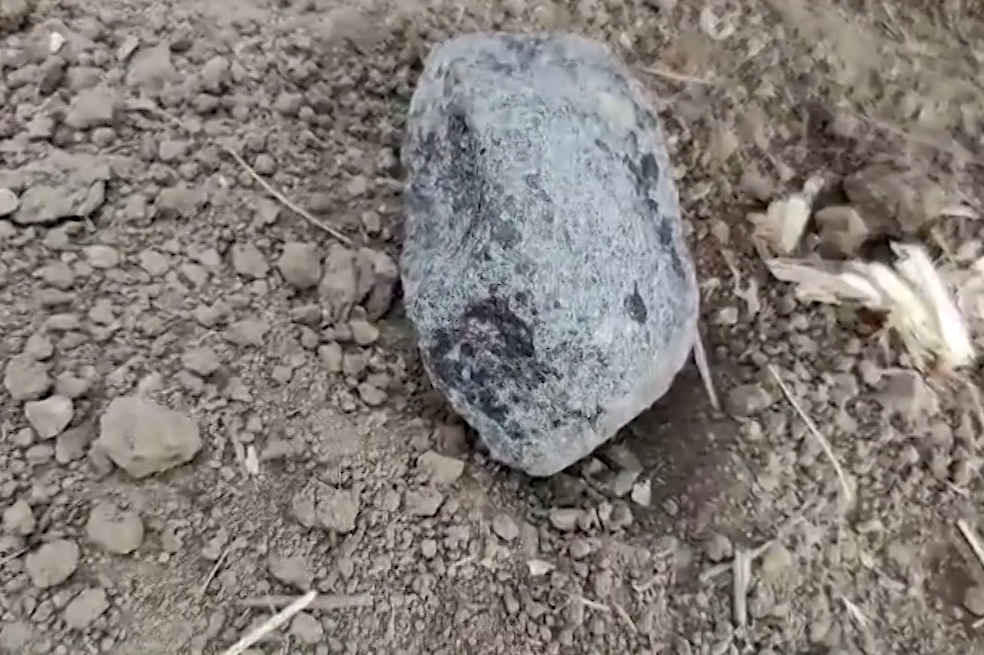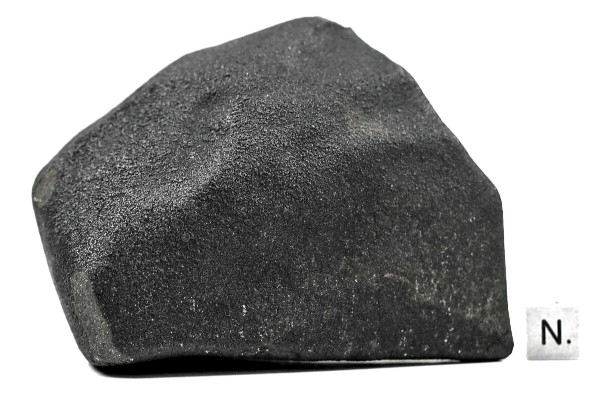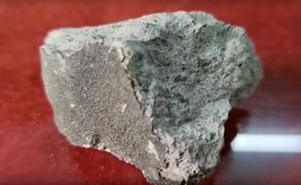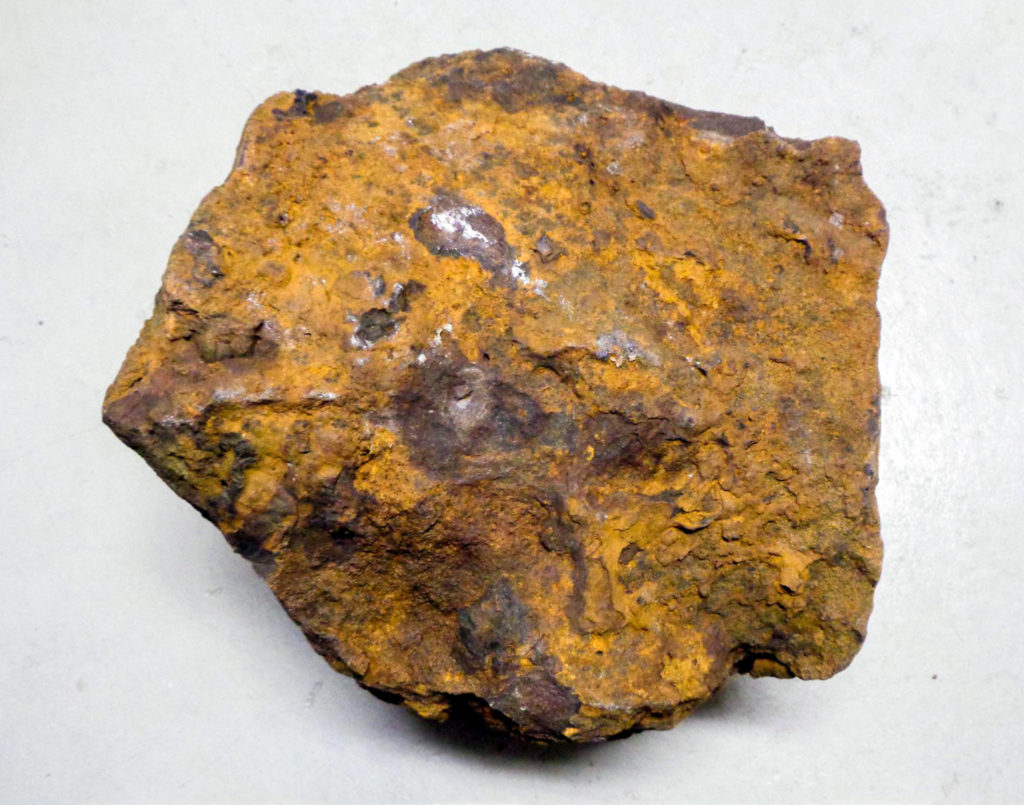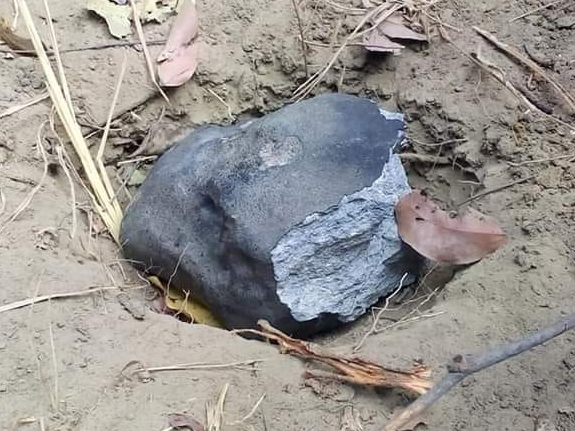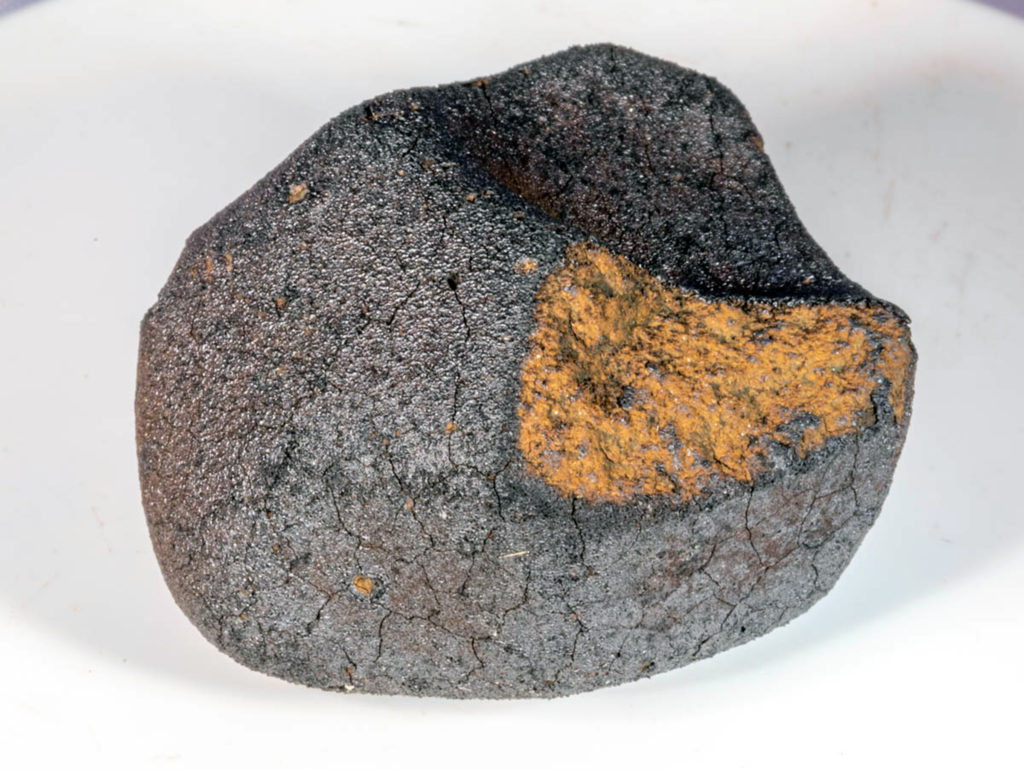The refractory-to-ice ratio in comet 67P: Implications on the composition of the comet-forming region of the protoplanetary disk
Raphael Marschall, Alessandro Morbidelli, Yves Marrocchi
Planetary and Space Science
Available online 18 February 2025
“Highlights
- We derived the bulk elemental abundance of comet 67P/Churyumov-Gerasimenko by combining ROSINA and COSIMA measurements of the Rosetta spacecraft.
- The resulting elemental composition shows that only a refractory-to-ice ratio of leads to reasonable results. We find the noble gas xenon in near solar elemental abundance in comet 67P for these values of. Krypton is close to solar abundance but slightly depleted, while argon is heavily depleted. Comet 67P is enriched in all three noble gases by up to 2.5 orders of magnitude compared to CI chondrites.
- We show this is consistent with a formation region for comets between 25 and 35 au in a disk region with temperatures between 30 and 40 K. This constraint is solely driven by composition but is consistent with dynamical models on the origin and evolution of Jupiter family comets.”
“Comets, asteroids, and other small bodies are thought to be remnants of the original planetesimal population of the Solar System. As such, their physical, chemical, and isotopic properties hold crucial details on how and where they formed and how they evolved. Yet, placing precise constraints on the formation region of these bodies has been challenging. Data from spacecraft missions have a particularly high potential of addressing the question of the origin of the visited bodies. ESA’s Rosetta mission to comet 67P/Churyumov-Gerasimenko returned data from the comet for two years on its journey around the Sun. This extensive data set has revolutionised our view on comets and still holds unsolved problems.
Here, we aim to determine comet 67P’s bulk elemental composition from Rosetta data, including its refractory-to-ice ratio. We use these results to constrain the temperature in the protoplanetary disk where comets formed and, using a disk model, the formation location.
We use the Rosetta/ROSINA (Rosetta Orbiter Spectrometer for Ion and Neutral Analysis) measurement of the volatile/ice composition and the Rosetta/COSIMA (COmetary Secondary Ion Mass Analyzer) measurements of the refractory composition of comet 67P.These measurements are combined using a Monte Carlo method. The refractory-to-ice ratio is a free parameter that is constrained a posteriori.
Using only the composition, we constrain the refractory-to-ice ratio to 0.5 < x < 1.7, and derive the bulk elemental abundances for 67P of H, C, N, O, Na, Mg, Al, S, K, Ar, Ca, Cr, Mn, Fe, Kr, and Xe. We find the noble gas xenon in near solar elemental abundance in comet 67P. Krypton is slightly depleted, while argon is heavily depleted. Comet 67P is enriched in all three noble gases by up to 2.5 orders of magnitude compared to CI chondrites. We show this is consistent with a formation region between 25 and 35 au in a protoplanetary disk region with temperatures between 30 and 40 K and with the trapping of dust for a long time in rings of the protoplanetary disk.”

